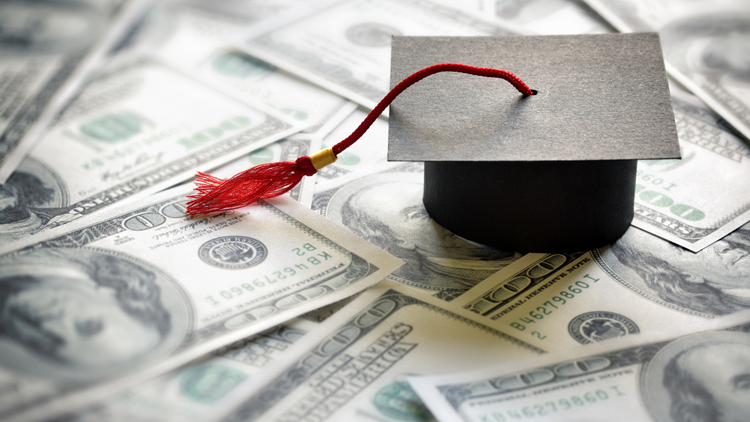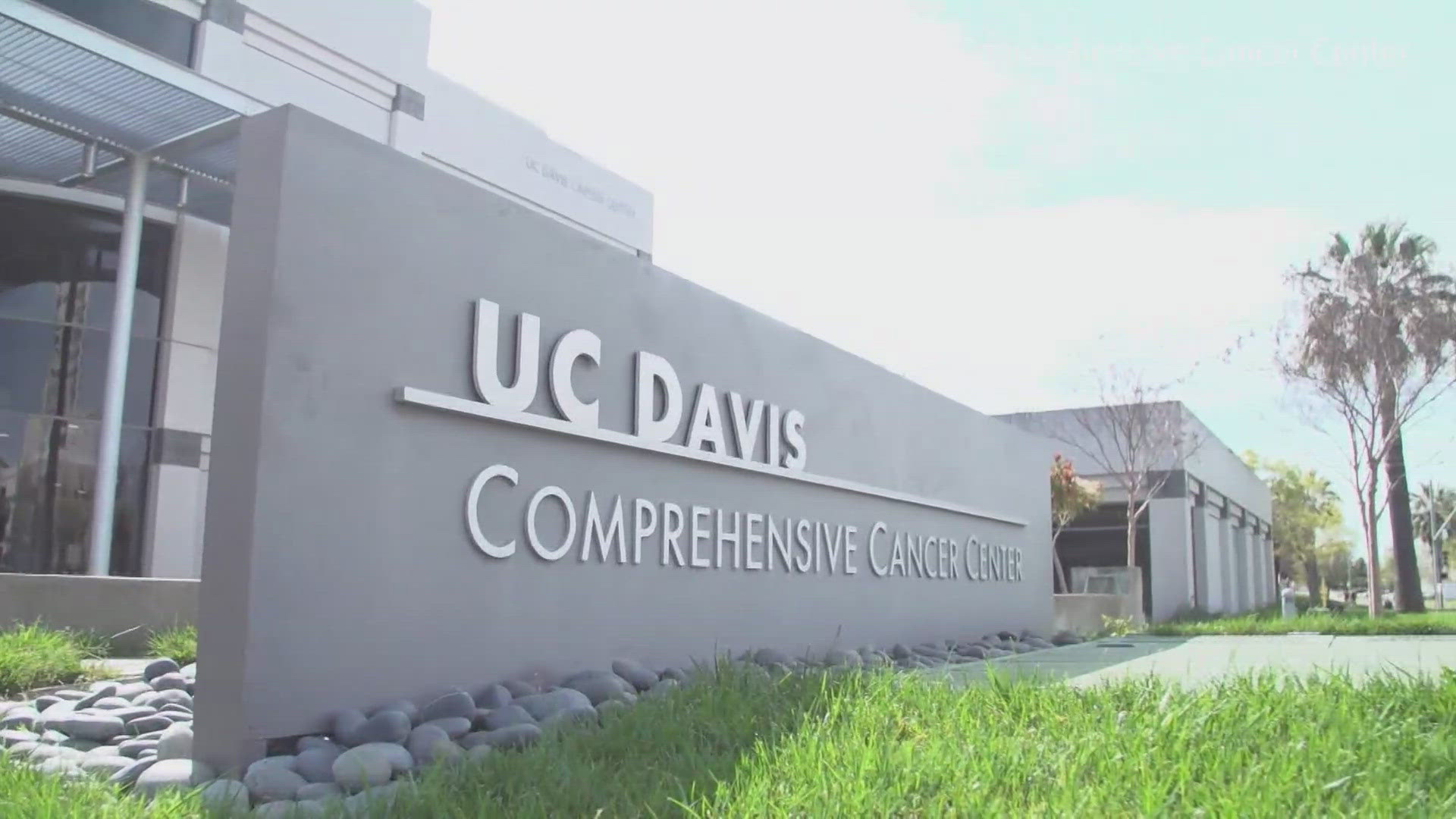Interest rates on federal student loans will go up for the second year in a row, with borrowers for the 2018-19 school year paying 0.55 to 0.6 percentage points more than last year to take out loans from the Education Department.
- Direct subsidized loans for undergraduate borrowers: 5.00%
- Direct unsubsidized loans for undergraduate borrowers: 5.00%
- Direct unsubsidized loans for graduate or professional student borrowers: 6.60%
- Direct PLUS loans for parent, graduate and professional student borrowers: 7.60%
Why loan rates are going up
Federal student loan interest rates reset every year. Per legislation signed into law in 2013, the rates are based on the high yield of the 10-year treasury note during the last auction held before June 1. The rates remain in effect for all loans disbursed in a 12-month period between July and June of the following year. On May 9, the 10-year note had a high yield of 2.995%.
Once the auction occurs, the rates are calculated by adding several percentage points to the 10-year treasury note yield, to cover the “administrative costs” of issuing the loans, according to the 2013 legislation that enacted this system. For undergraduate loans, the rate is calculated by adding 2.05 percentage points. For direct unsubsidized graduate loans, add 3.6 percentage points, and for PLUS loans, add 4.6 percentage points.
Interest rates, in general, have been on the rise over the last few years, so the bump in cost of borrowing isn’t a surprise. The good news is that Congress set a cap on student loan interest rates when it came up with the new formula. The bad news is those caps are pretty high, so student loan interest rates are likely to continue rising, as long as we remain in this rising-rate environment.
Interest rates cannot exceed 8.25% for undergraduate borrowers, 9.5% for graduate borrowers with direct unsubsidized loans and 10.5% for PLUS loan borrowers. Even though rates increased significantly this year, they have much more room to grow, which we may see if rates continue along the path they’ve been on recently.
What this rate change means
For the most part, borrowers with existing federal student loans will not see their rates change, as all federal student loans disbursed after July 1, 2006 carry fixed interest rates.
Students and parent borrowers taking out federal education loans between July 1, 2018 and June 30, 2019 will pay the new interest rates listed above. The rates will remain in effect for the life of the loan.
How to lower your student loan interest rates
Student loan borrowers have few options for lowering their interest rates. You could either combine all or most of your federal student loans with a direct consolidation loan once you leave school, but that may or may not save you money (more on that in a minute).
You could also refinance your student loans with a private lender, but in exchange for potentially lower interest rates, you give up the benefits exclusive to federal student loans, like income-driven repayment plans and student loan forgiveness. Private lenders may or may not offer loan deferment or forbearance (as federal loans do), which allow you to suspend payments if you go back to school, fulfill military service orders or experience financial hardship, among other qualifying circumstances.
You can preserve those benefits with a direct consolidation loan. Your interest rate on that loan will be the weighted average of the interest rates on the combined loans, rounded up to the nearest one-eighth of one percent. The weighted average is what makes this a tricky decision: If your loans with the highest unpaid balance have the lowest interest rate, you may end up with a lower interest rate when everything’s combined. But if your largest balances have the highest rates, you could actually receive a higher interest rate.
If you’re comfortable refinancing with a private lender, keep in mind you’ll need good credit to qualify for the best rates. You can check out our list of the best student loan refinance offers to get a sense of your potential savings.
How to reduce the amount of interest you pay on student loans
Refinancing and consolidating aren’t the only ways you can reduce how much you fork over to the Education Department. Consider committing to one or both of these strategies:
Pay the interest as you go
Unless you have a direct subsidized undergraduate loan, you will be responsible for paying the interest your loan accrues while you are enrolled in school at least half-time, in your grace period (the time between leaving school and entering repayment) or in deferment. When you enter repayment, that interest will be added to your principal loan balance, meaning you will end up paying interest on that interest. By paying the interest as you accrue it, you can avoid this situation, called interest capitalization.
Of course, many students may not have the means to make such payments while in school, but if you can, you may save yourself a lot of money in the long run. This generally only applies to borrowers of direct unsubsidized loans and graduate PLUS loans, as the Education Department pays the interest on subsidized student loans while the borrower is in school, grace period or deferment, and parent PLUS borrowers generally enter repayment once the loan is disbursed.
Pay more than the minimum
Once you enter repayment, your loan servicer will send you a statement saying how much you owe each month. You can pay more than that, and by making extra payments toward your principal balance, you can reduce the amount of interest you pay over the life of the loan. This is a nice alternative to refinancing your student loans to a shorter term, if you’re worried about taking on a higher, required monthly payment.
Make sure you tell your loan servicer that you’re making an additional payment and you’d like it to apply to your principal balance. Otherwise, the servicer may hold onto the money as a future payment. While that means you may not have to pay the next month, you’re also not saving anything by sending over your money early. It’s a good idea to check our account after making such a payment, to ensure the servicer processed it properly.
MORE FROM MAGNIFYMONEY
MagnifyMoney is a price comparison and financial education website, founded by former bankers who use their knowledge of how the system works to help you save money.



